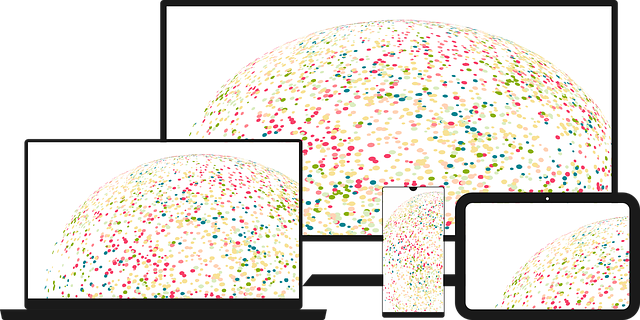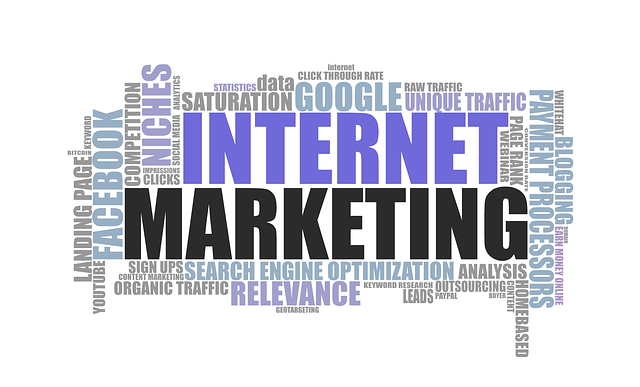In today's competitive culinary landscape, Artificial Intelligence (AI) is driving a significant AI shift in restaurant operations, particularly in team planning. By leveraging machine learning algorithms and analyzing vast datasets including sales trends, customer preferences, inventory management, and staffing patterns, AI systems enable predictive planning for menu optimization, efficient supply chain management, and effective staff scheduling. This streamlines restaurant shift planning, enhances operational efficiency, reduces costs, and boosts customer satisfaction through real-time data-driven decision-making. Implementing AI in team planning marks a transformative step, ensuring optimal staffing levels during peak periods, minimizing labor costs, and maximizing customer experiences by reducing wait times and fostering a positive work environment.
In today’s competitive culinary landscape, understanding and leveraging AI-driven decision systems can be a game-changer for restaurants. This article delves into the transformative power of artificial intelligence in optimizing operational efficiency. We explore how business data plays a pivotal role in shaping the AI shift, specifically focusing on strategic planning for restaurant teams. By implementing AI, restaurateurs can gain valuable insights, streamline processes, and ultimately enhance customer experiences. Discover effective strategies to harness the potential of AI shift planning for restaurant teams.
- Understanding AI-Driven Decision Systems for Restaurants
- The Role of Business Data in Shaping the AI Shift
- Implementing AI: Strategies for Restaurant Team Planning
Understanding AI-Driven Decision Systems for Restaurants

In today’s competitive culinary landscape, restaurants are increasingly turning to Artificial Intelligence (AI) to gain a significant edge in their decision-making processes. AI-driven systems have the potential to revolutionize the way restaurant teams operate by offering data-backed insights and automating mundane tasks, enabling them to focus on enhancing customer experiences. By leveraging machine learning algorithms, these systems analyze vast amounts of business data, from sales trends and customer preferences to inventory management and staffing patterns. This analysis facilitates predictive planning for menu optimization, efficient supply chain management, and effective staff scheduling, ultimately streamlining restaurant shift planning.
The AI shift in planning for restaurant teams promises a future where operations are more streamlined, costs are reduced, and customer satisfaction is elevated. With AI, managers can make informed decisions based on real-time data, adapting swiftly to market changes and customer demands. This not only improves operational efficiency but also ensures that the right people are in the right places at the right times, enhancing overall business performance and fostering a dynamic work environment.
The Role of Business Data in Shaping the AI Shift

In today’s digital era, the role of business data in shaping the AI shift is nothing short of transformative. For restaurant teams, this means leveraging structured and unstructured data to gain profound insights into customer behavior, operational inefficiencies, and market trends. By integrating artificial intelligence (AI) into their decision-making processes, restaurants can optimize menu planning, enhance customer experience, and streamline daily operations. AI algorithms can analyze vast amounts of data, from sales records and social media interactions to kitchen inventory and staff performance, providing actionable recommendations that were previously impossible to derive manually.
This data-driven approach to AI shift planning for restaurant teams offers a competitive edge by enabling them to make informed decisions quickly. For instance, predictive analytics can forecast popular dishes, helping restaurants adjust their menus accordingly and reduce waste. Similarly, AI can optimize staffing schedules based on historical sales and expected peak hours, ensuring adequate coverage without overstaffing. As the volume and complexity of data continue to grow, so does the potential for AI to revolutionize restaurant management, ultimately driving better business outcomes and improved customer satisfaction.
Implementing AI: Strategies for Restaurant Team Planning

Implementing AI in restaurant team planning marks a significant AI shift, transforming traditional scheduling into a data-driven process. By leveraging machine learning algorithms, restaurants can analyze historical sales data, employee availability, and customer trends to optimize staff allocation. This ensures that staffing levels align with peak demand periods, minimizing labor costs and maximizing customer satisfaction.
AI systems can identify patterns and correlations not immediately apparent to human managers. For instance, they may predict higher-than-average footfall on certain days or at specific times, allowing for more precise scheduling of staff. This proactive approach enhances operational efficiency, reduces wait times, and fosters a positive work environment by ensuring fair distribution of tasks among team members.
AI-driven decision systems are transforming the restaurant industry, offering a strategic edge with data-informed insights. By harnessing business data, restaurants can navigate the AI shift, optimize operations, and enhance customer experiences. Implementing tailored strategies for team planning enables efficient resource allocation, fostering a seamless integration of AI into daily workflows. Embracing this technological revolution allows eateries to stay competitive, adapt to trends, and ultimately elevate their culinary offerings.
